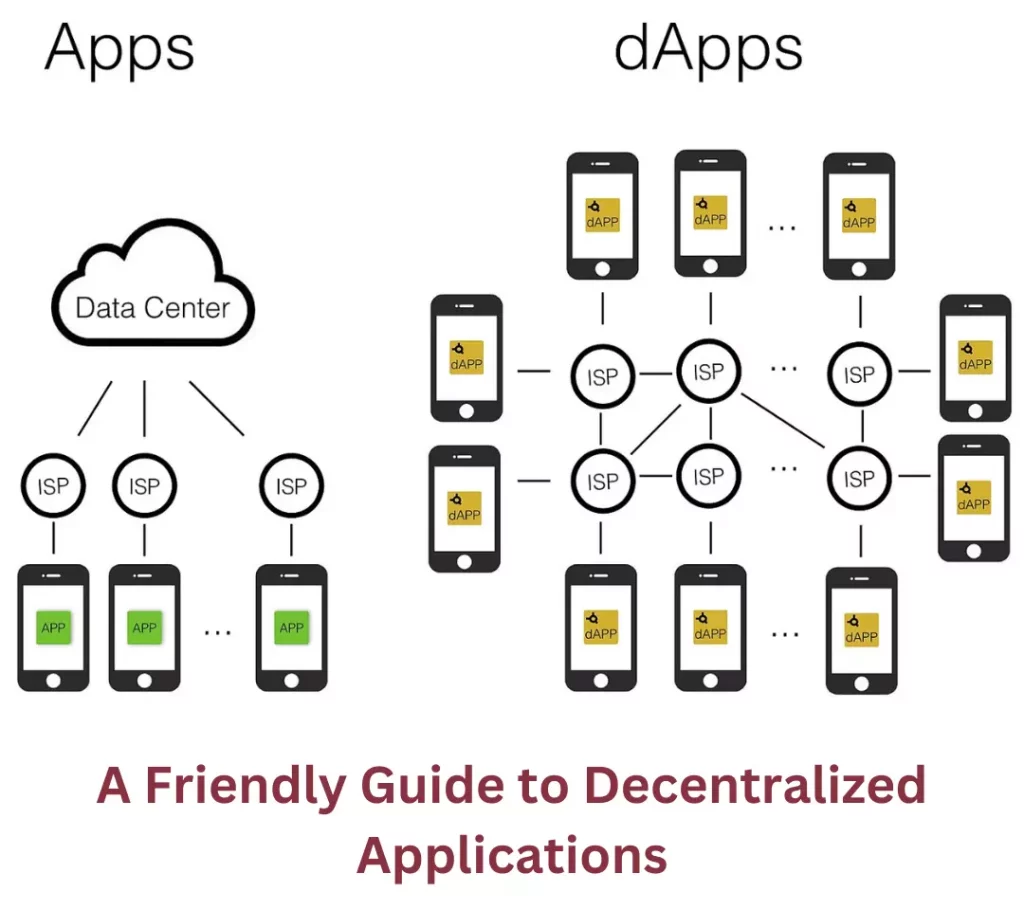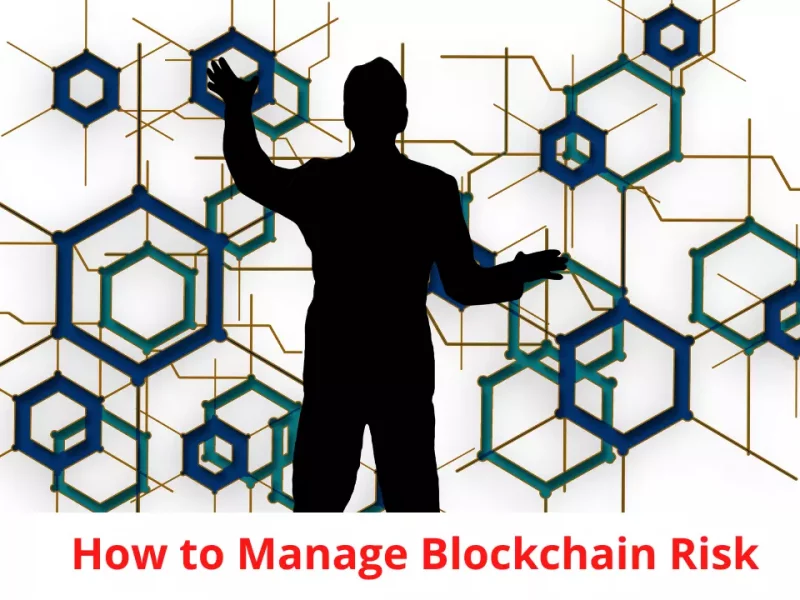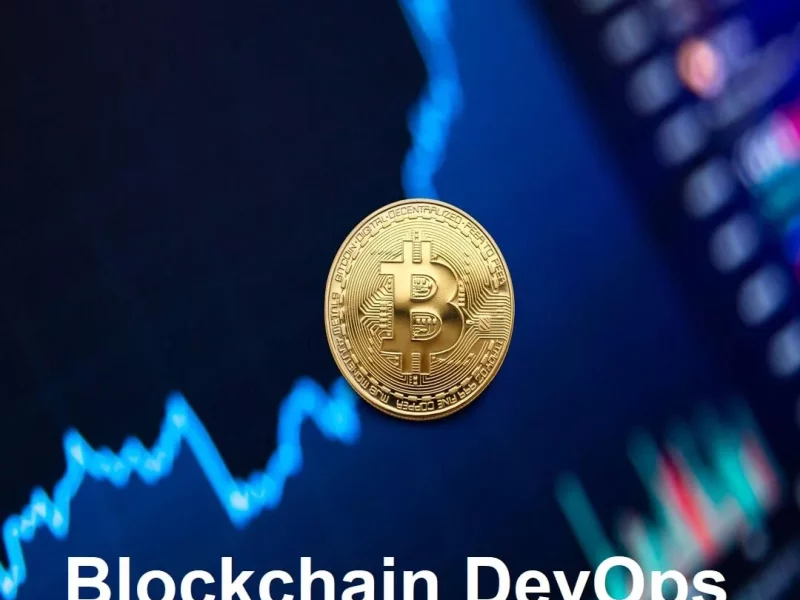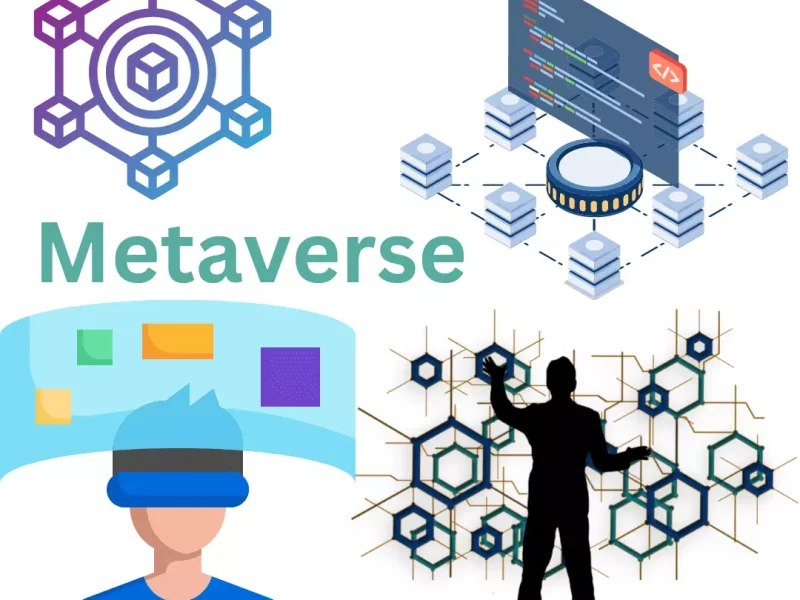DApps (or decentralized applications) are a little like the Internet. As opposed to a website, which has one proprietor, a DApp is a platform that allows users to interact with each other without the need for an intermediary.

Just like when you send an email, you don’t really know or care where the information is being stored or how it’s being handled—you just know that your message will get through. And thanks to the blockchain technology that underpins their architecture, you can be sure that it will stay there until your recipient gets it.
Define Decentralized Apps
Decentralized applications, or dApps, are apps that run on a P2P network rather than a single server. They have a lot of potential in the future, but currently, there is one big problem: most people don’t know what they are.
A Friendly Guide To Decentralized Applications
The term “dApp” doesn’t exactly roll off the tongue and unless you’ve been following the development of cryptocurrencies and blockchain technology, you might not have a clue what they are.
Decentralized applications, or DApps for short, are the shining star of blockchain technology. Blockchain is a growing list of records that are linked together and secured using cryptography.
When it comes to decentralized applications, the sky’s the limit for what you can build. Some of the most popular DApps today include a crypto trading bot, a gaming platform, and an in-game currency. Some are entirely decentralized, but some have a centralized part that interacts with the blockchain.
Advantages of Decentralized Apps
The usefulness of DApps can be explained like this:
1. Increased security – An attacker would need to gain control of both the network and each computer on it to take down the whole system.
2. More stable – Since the data is replicated across all computers, there’s no single point of failure in the system. This means there’s no way for the system to be shut down by one party or go offline due to malicious intent or technical issues.
3. Greater freedom – Since there’s no central authority responsible for maintaining the software, users can have full control and ownership over their own data and identity.
4. Better privacy – Since there are no centralized services collecting user information, users can enjoy much greater anonymity than with traditional applications.
5. When used correctly, DApps should give us a lot more power over our digital assets. By using a DApp we can make sure the transaction goes through without the need for a middleman. This is the main feature that differentiates them from traditional apps.
6. The fact that there’s no middleman makes transactions quicker and cheaper with DApps. They also give you complete control over your money and data, so you shouldn’t experience any problems with hackers or scammers.
However, not all is perfect with DApps. Disadvantages include:
1. Their incentives aren’t clear yet
2. Their security models are often untested
3. Their user experience is clunky at best
4. Their user bases are small
DApps will probably never replace centralized apps, but they could be used to launch decentralized microservices that integrate with existing platforms. To become ubiquitous, they’ll need to overcome these weaknesses.
Centralized Vs Decentralized Apps
Centralized and decentralized apps each have their own advantages and disadvantages.
In terms of efficiency, centralized apps tend to be better, since they can access all of your information in one place. The reason it could take several decentralized apps to accomplish what a centralized app does is that the centralized app might act as a sort of hub for multiple decentralized apps. For example, Google Drive acts as a hub for various other Google products, such as Gmail and Docs.
However, in terms of privacy and security, decentralized apps are often more secure because there’s no central authority that can collect data from users—the information is in the hands of users themselves. In addition, if the company behind a centralized app goes out of business or loses interest in the project, its purpose will go away completely.
It won’t be updated for security issues or new features, and eventually, it will stop working entirely because the company won’t be around any longer to support it. On the other hand, with decentralized apps you’re not dependent on any single company or entity to keep everything running smoothly.
If one company goes out of business or loses interest in their product, it doesn’t mean that all your progress will suddenly disappear—it just means you’ll have to look at another option that suits your needs.
What Are The Known Decentralized Apps?
There are many decentralized apps (DApps) in the market. They have been built on the blockchains of multiple cryptocurrencies. Though there are more than 200 DApps in the market, some have stood out as great products, and here is a list of them.
The first DApp is ‘Toshi’. Toshi is a system that aims at building a mobile browser that will enable users to store, send and also make payments using Bitcoin. Toshi has a security system that prevents theft of funds by third parties. It also uses smart contracts that help with transferring funds between users securely.
The second DApp is ‘Cryptokitties’. Cryptokitties is a game that enables users to create digital cats using Ethereum blockchain technology and then sell them for Ethers (the native cryptocurrency of Ethereum). Users are able to collect cats based on their rarity, appearance and even name.
The third DApp is ‘Pollfish’. Pollfish enables users to earn Ethers by completing surveys and answering questions posed by businesses. The company has support from people who want to take surveys from home or even from their mobile phones or computers.
Uses of Decentralized Apps
Decentralized apps are an application of blockchain technology, which was originally designed to serve as a public ledger for the cryptocurrency bitcoin. Now, it is used in cryptocurrency like bitcoin or LUNA, which is a top decentralized application token, but also in decentralized systems that make use of smart contracts. Specifically, decentralized apps are referred to as Dapps. This technology is not limited to just the financial industry, however.
Decentralized apps have many different uses, including:
1) creating digital tokens that can be used to buy and sell goods or services;
2) providing a way to decentralize digital storage;
3) creating a digital voting system; and
4) providing a way to exchange messages with no central authority.
Decentralized apps are self-sustaining because they run on their own blockchain. This guarantees that the platform is free from censorship. It also prevents any downtime, which is common with centralized competitors like YouTube and Twitter.
They are safe and secure because they do not have a single point of failure. Instead, they have a distributed network of computers that serve as nodes in the blockchain. These nodes protect the data and transactions, making it harder for hackers to gain access to them.
Decentralized apps are transparent because every transaction is recorded in the blockchain for everyone to see. This adds an extra layer of trust between users and developers because it eliminates any possibility of fraud or third party manipulation of information.



